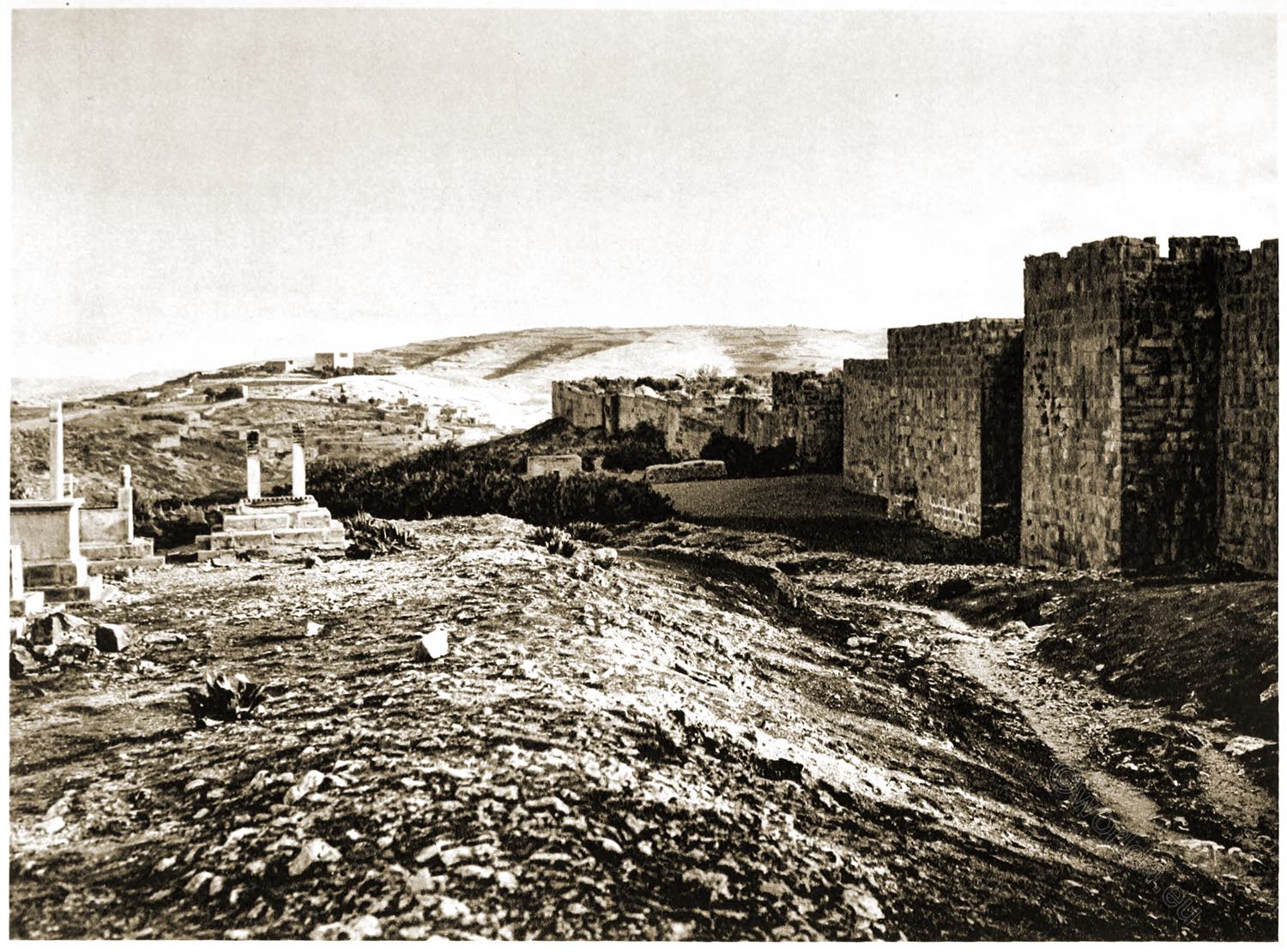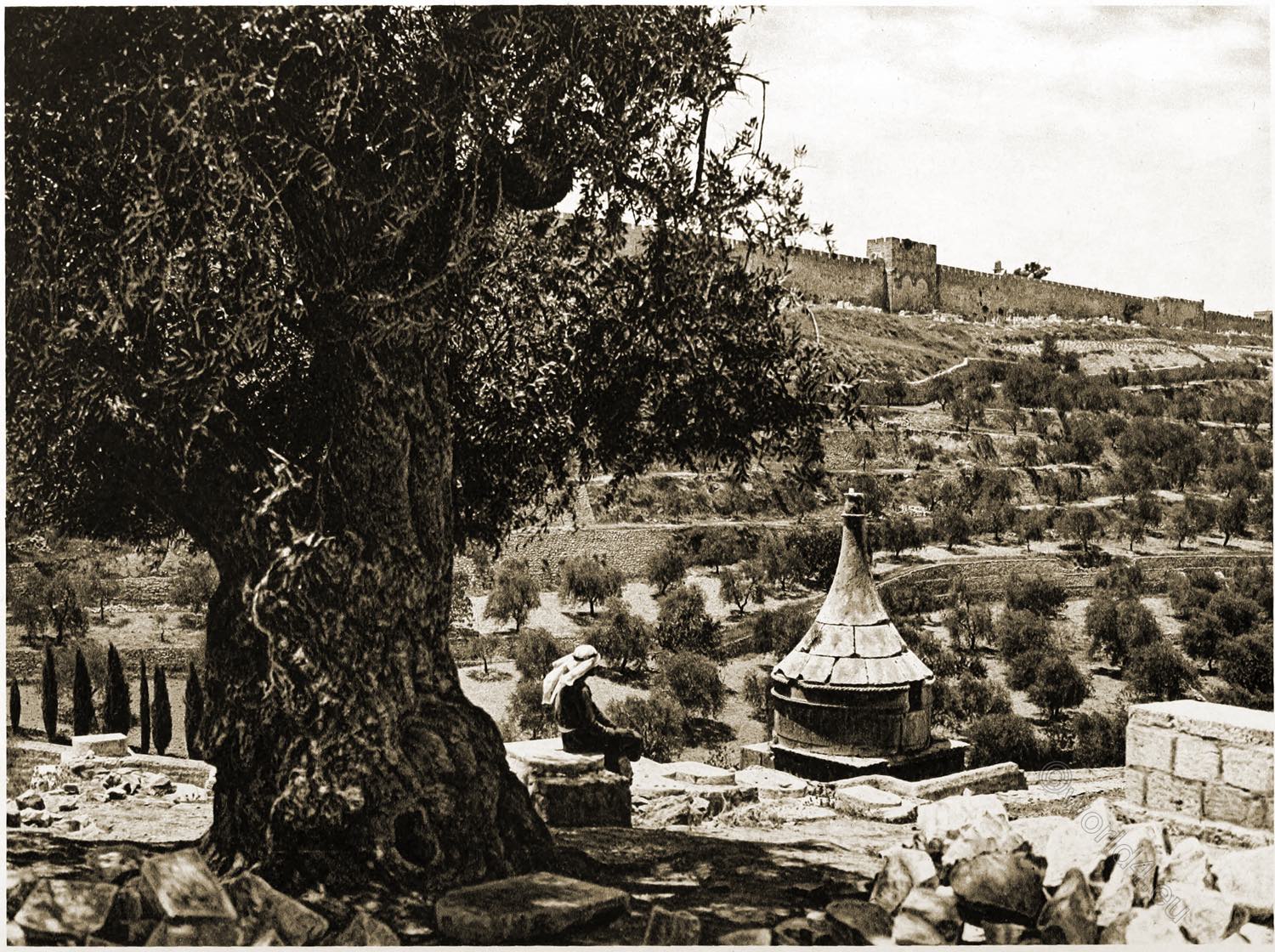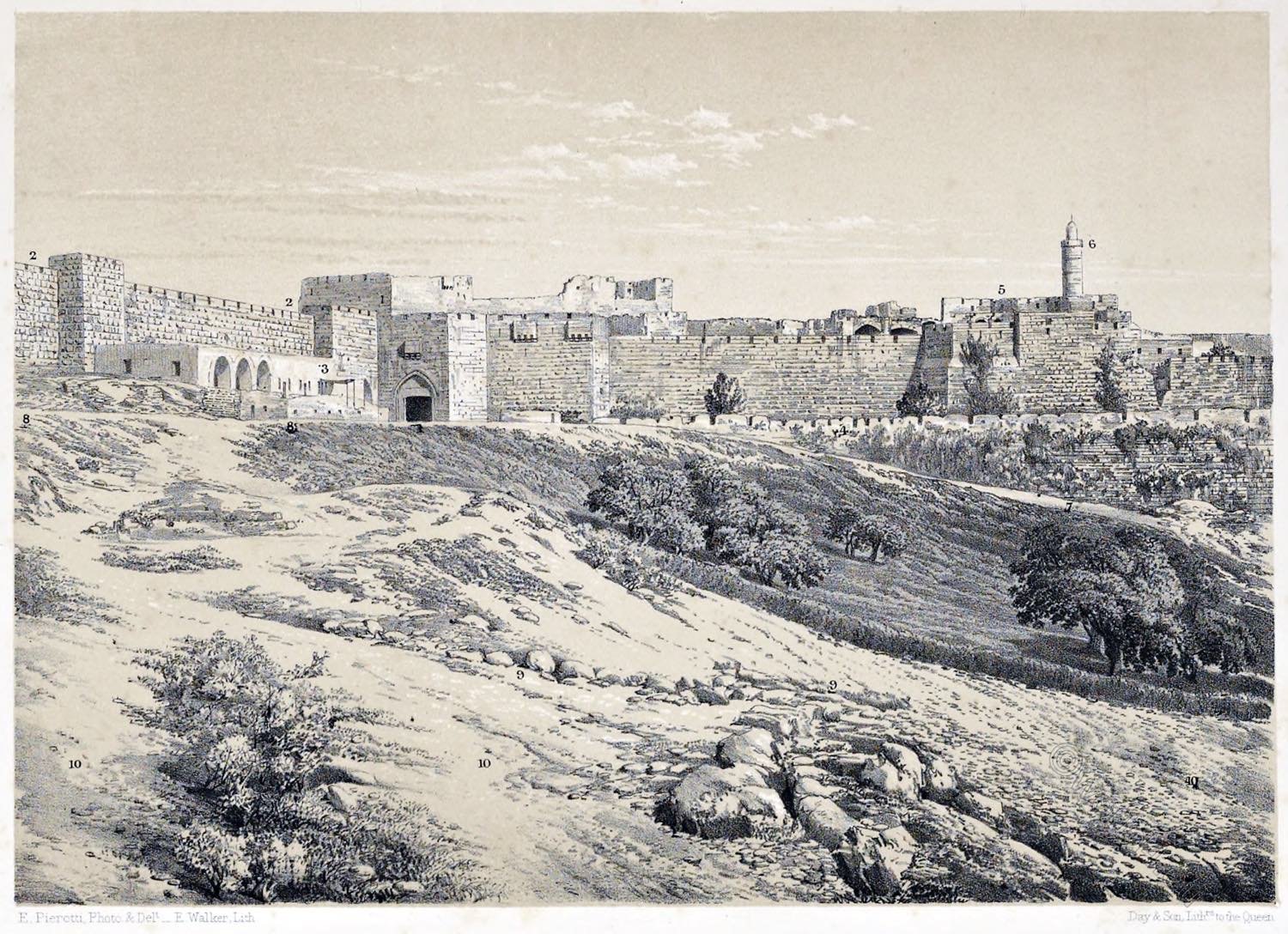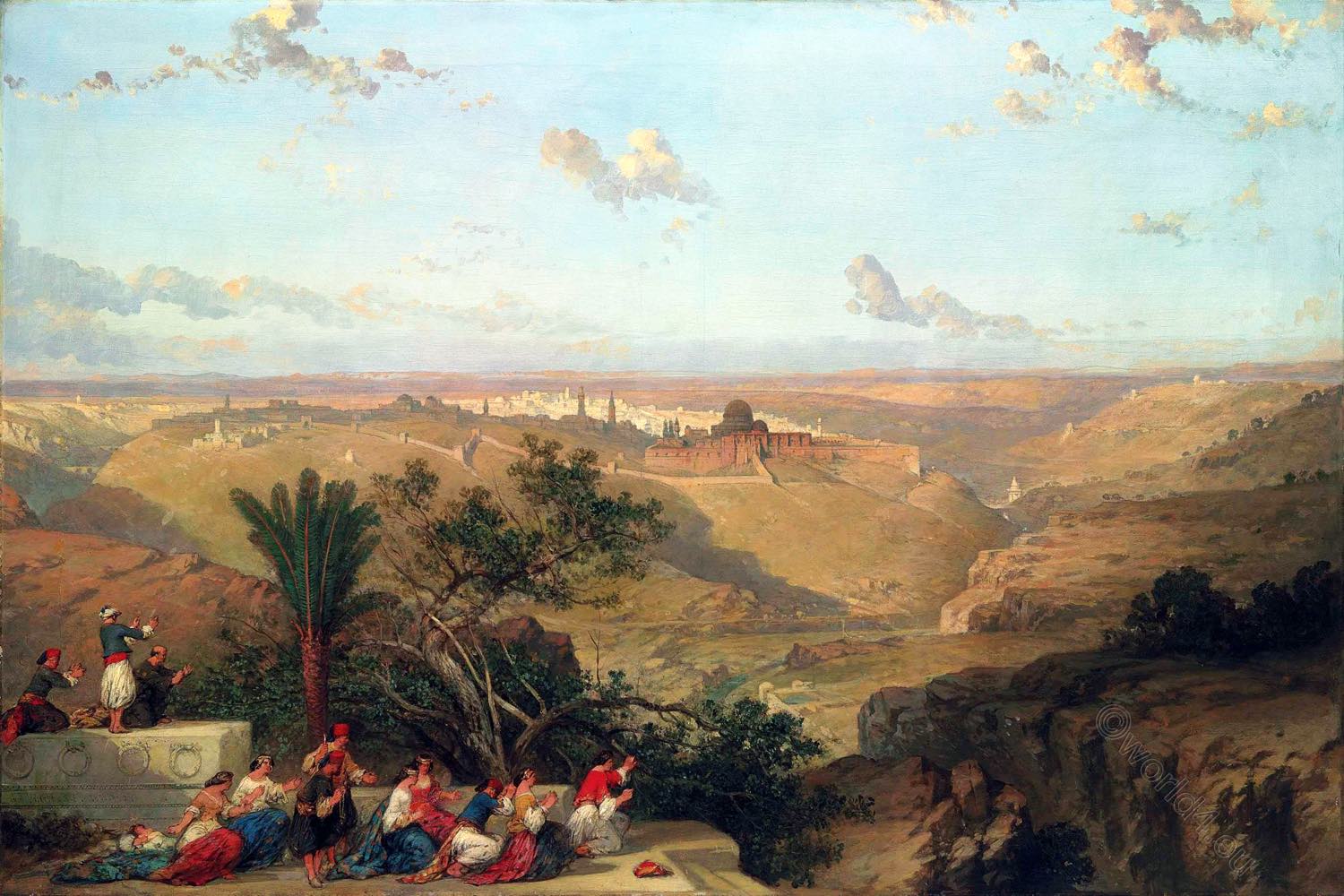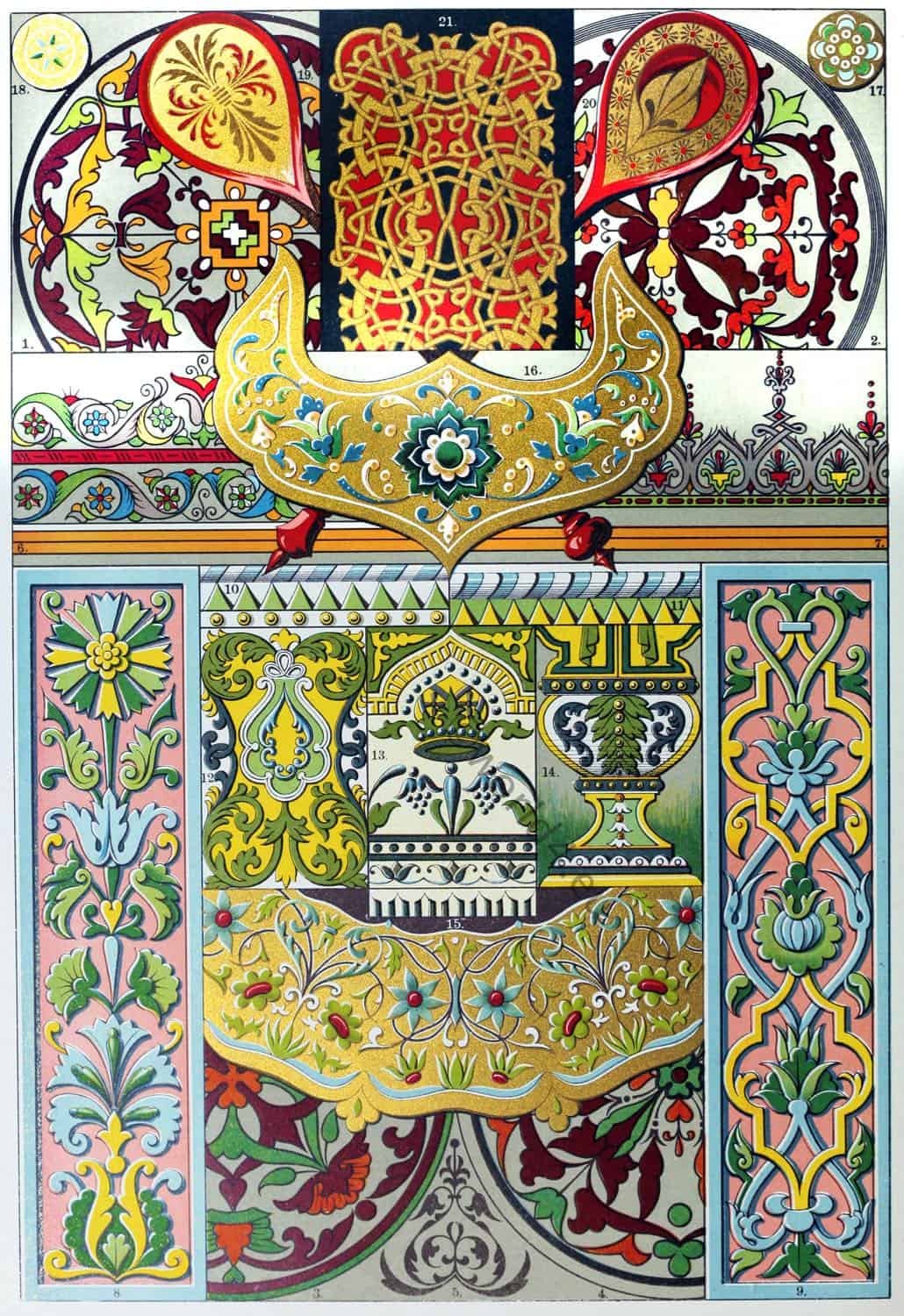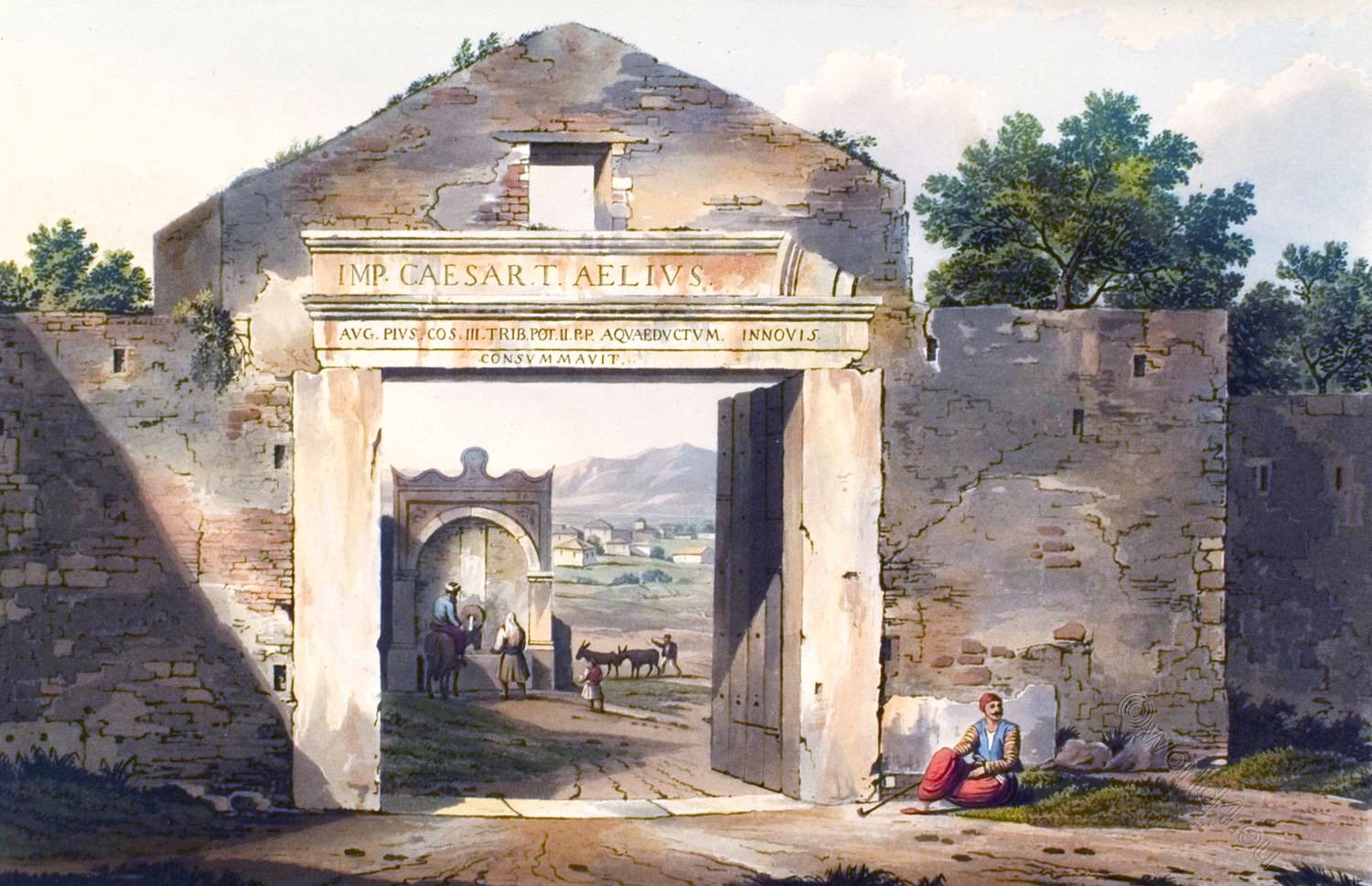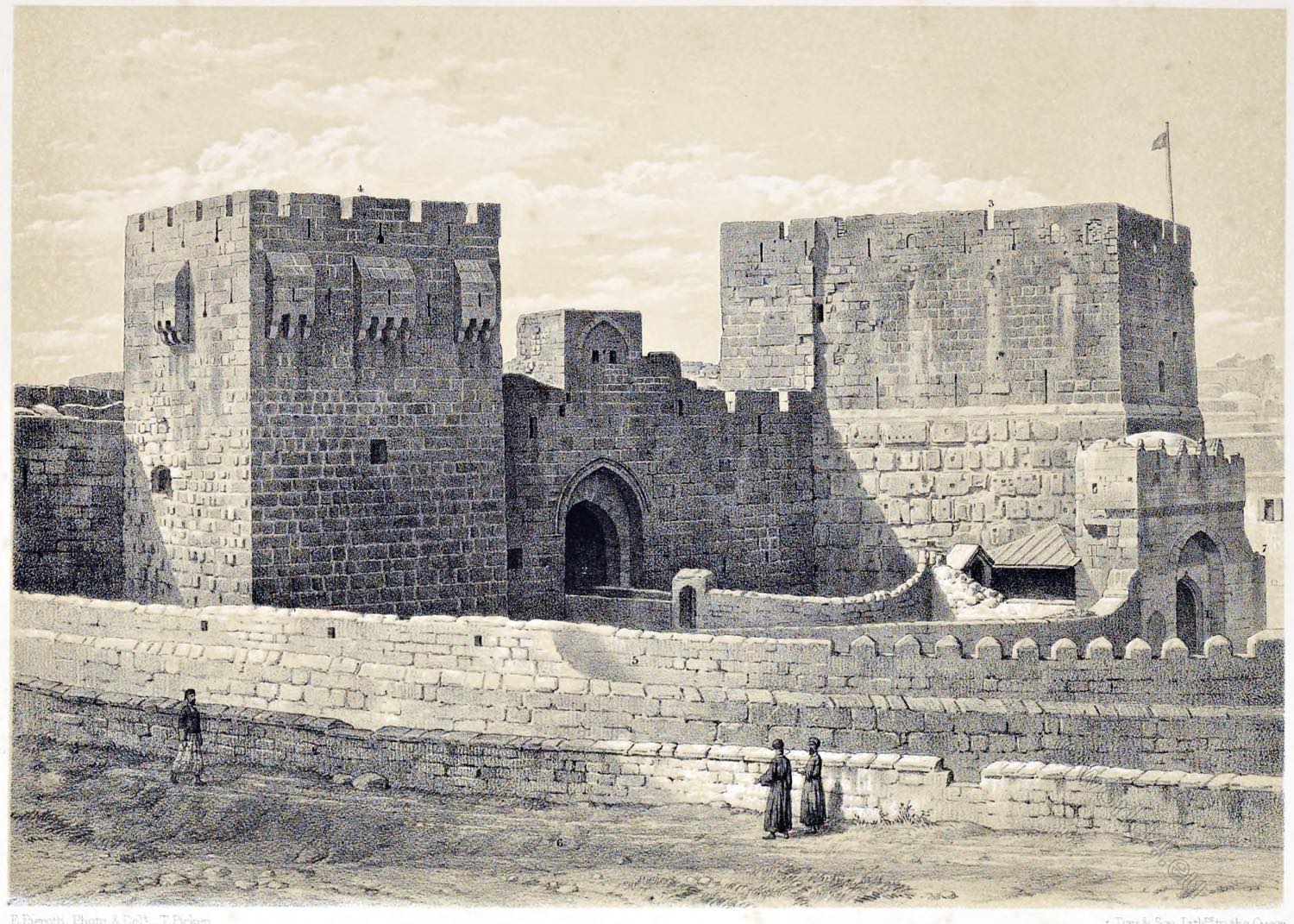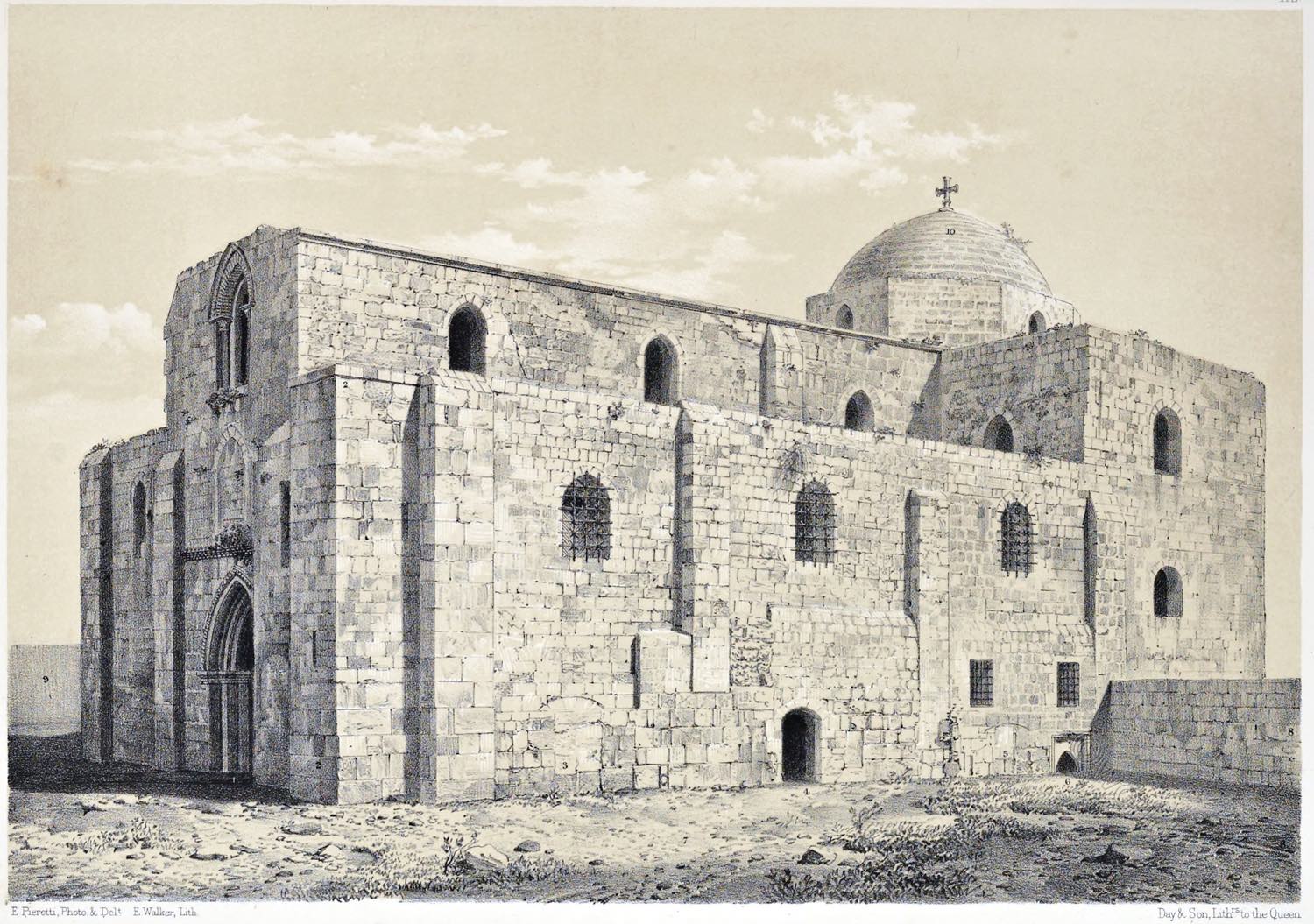
THE ENTRANCE TO THE CITADEL.
In the description of the vignette of the “Tower of David” we adverted to its history, as forming a part of the Tower of Hippicus; we now proceed to give an outline of the history of the city walls.
The ancient city was thirty-three stadia, or three and one-third geographical miles in circumference. The southern wall included the whole of Sion. The eastern ran probably along the bottom of the Vale of Jehoshaphat, and the northern passed about fifty rods north of the present city. The present circumference is about two and one-eighth geographical miles.
The building of AElia, by Hadrian, seems to have occupied chiefly the site of the present city. But a large portion of Sion was probably then excluded, for Eusebius and Cyril, in the fourth century, speak of Sion as then fulfilling the prophecy, and being as a “planted field;”1) the wall being carried across the brow of the Valley of Jehoshaphat on the east, so as to include the hill Bezetha, instead of bending southward, as formerly, to the Tower of Antonia.
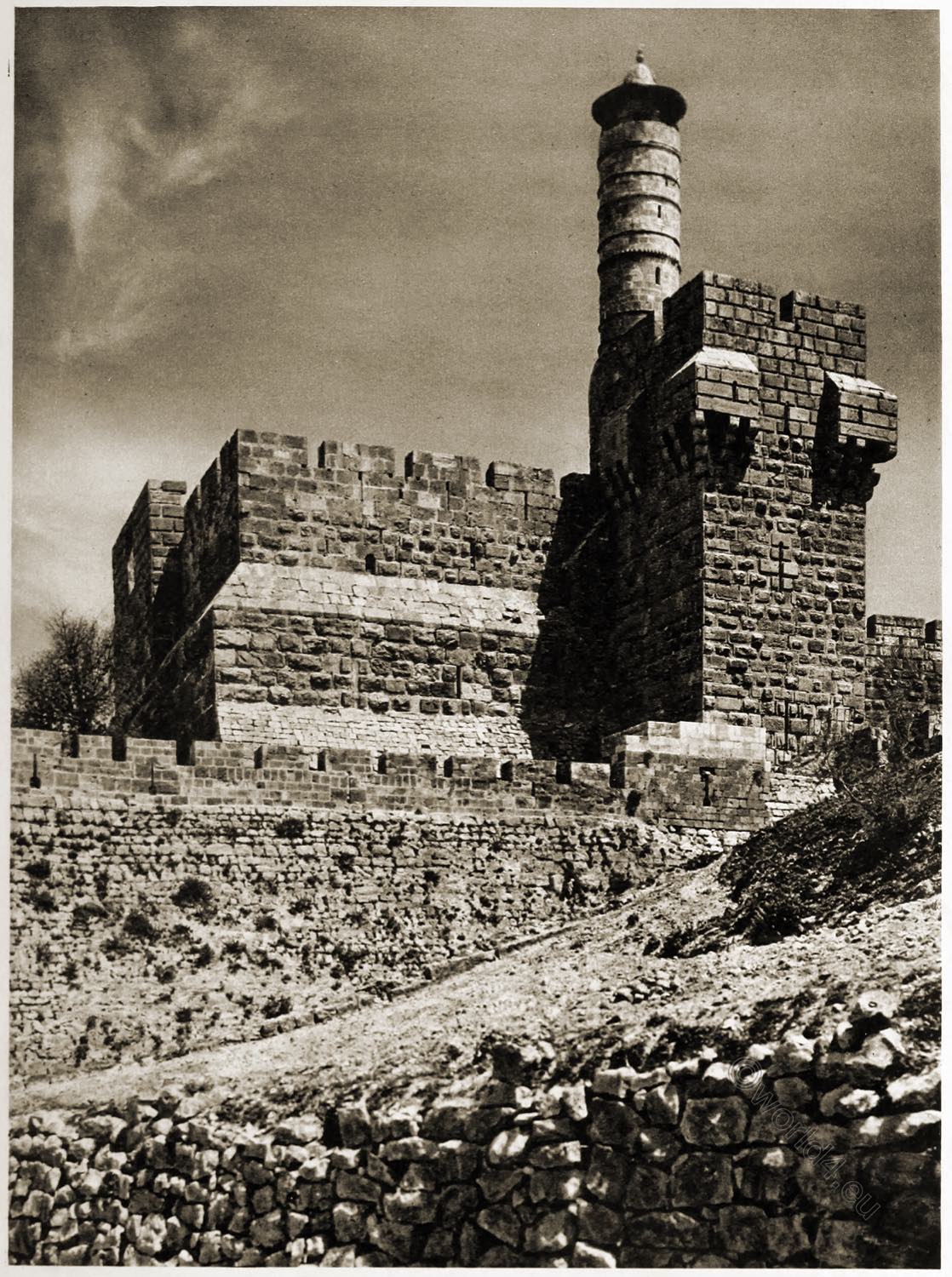
The walls of Hadrian seem to have remained until the Crusades. At this period the chief part of Sion was out side the walls. The Count of Toulouse pitched his camp between the city and the Church of Sion, “which was a bow-shot distant from the walls.” 2 In process of time, however, the walls fell into decay, and (a.d. 1178) contributions were demanded in Europe for rebuilding them.
In 1187, the city was besieged by the Saracens under the famous Saladin, and captured after a courageous resistance. But the captors then began to tremble; the name of Richard Coeur de Lion threatened to shake the Saracen throne, and Saladin was indefatigable in fortifying Jerusalem. To excite the Moslem activity, he was constantly present at the labour, animated his troops by the sight of his chieftains engaging ha it with their own hands, and even himself frequently brought stones to it on the pommel of his saddle. Six months of industry, thus encouraged and sustained, rendered the place nearly impregnable to the inartificial means of the times.” 3)
But, in 1219, the Sultan Melek of Damascus, dreading that it might be made a Christian fortress, ordered that all the walls and towers should be dismantled, except the Citadel and the inclosure of the Great Mosque; to the general chagrin of the inhabitants, many of whom abandoned it in consequence.
In 1229, a treaty with the Emperor Frederick gave it up to Christian hands once more; with the stipulation, however, that the walls should not be rebuilt. But from some new alarm, in ten years after, the barons and knights began to restore the walls, and erect a strong fort on the west of the city. The breach of treaty, if breach it were, was suddenly and ferociously avenged by the assault of the Emir David, of Kerek, who entered the city with his troops, strangled the Christians, threw down the newly-raised walls, and added to the havoc, the dismantling of the Tower of David. 4)
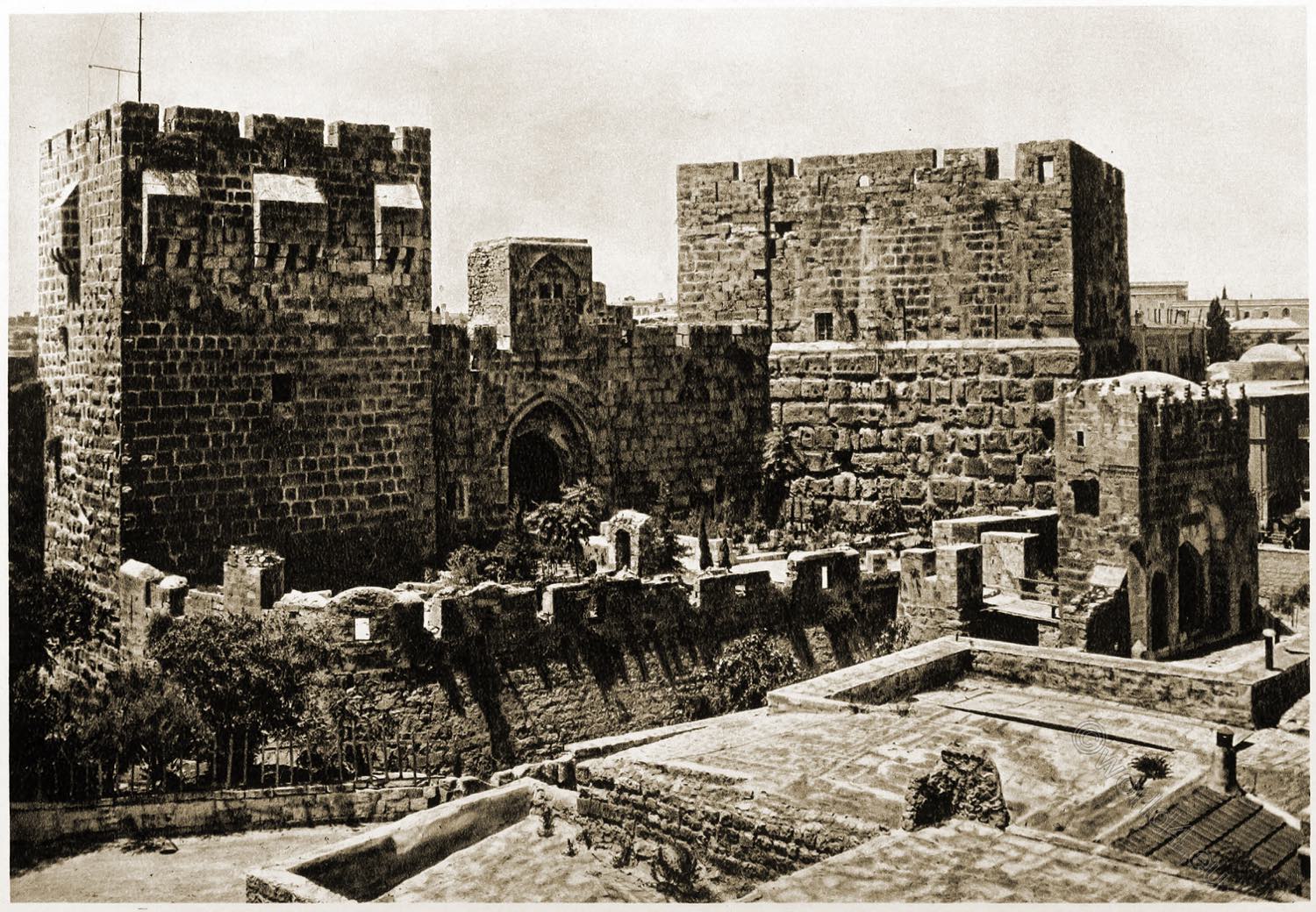
But in this city of endless vicissitude, a new treaty, in 1243, gave the possession to the Christians without reserve; to the boundless indignation of the Mahometan inhabitants. The new possessors immediately repaired the fortifications; yet, within a year, Jerusalem was again stormed. The Kharismian hordes were now the assailants (a.d. 12-1-4), from which period it has remained in Mohammedan hands.
In 1542, the walls were once more rebuilt. The chief interest connected with the modern walls, is, that they generally exhibit evidence of their having been raised on the site of others, going back to the ages of the Roman conquest, of the Idumaean dynasty, or perhaps even of the reign of Solomon, the last, a time all whose recollections are hallowed to the Jew, and not less to the Christian.5)
1) Eusebius, D. Evang. viii. 3. p. 406.—Edit. Colon. Cyril, Hieros. Catec. xvii. 18. 2) Will. Tyr. viii. 5. 3) Wilken. Gesch. B. iv. 4) Wilken. B. vi. 5) Biblical Researches, vol. i. p. 467.
Source:
- The Holy Land, Syria, Idumea, Arabia, Egypt, & Nubia, by David Roberts, George Croly, William Brockedon. London: Lithographed, printed and published by Day & Son, lithographers to the Queen. Cate Street, Lincoln’s Inn Fields, 1855.
- Picturesque Palestine, Arabia and Syria; the country, the people and the landscape by Karl Gröber(1885-1945). New York: Brentano’s 1925.
Continuing
Discover more from World4 Costume Culture History
Subscribe to get the latest posts sent to your email.

